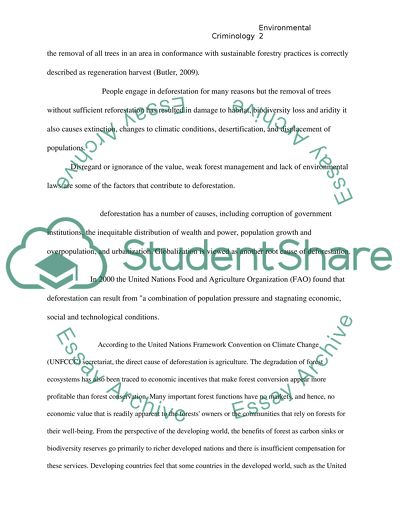Cite this document
(“Green criminology Essay Example | Topics and Well Written Essays - 1750 words”, n.d.)
Retrieved de https://studentshare.org/environmental-studies/1415545-green-criminology
Retrieved de https://studentshare.org/environmental-studies/1415545-green-criminology
(Green Criminology Essay Example | Topics and Well Written Essays - 1750 Words)
https://studentshare.org/environmental-studies/1415545-green-criminology.
https://studentshare.org/environmental-studies/1415545-green-criminology.
“Green Criminology Essay Example | Topics and Well Written Essays - 1750 Words”, n.d. https://studentshare.org/environmental-studies/1415545-green-criminology.


